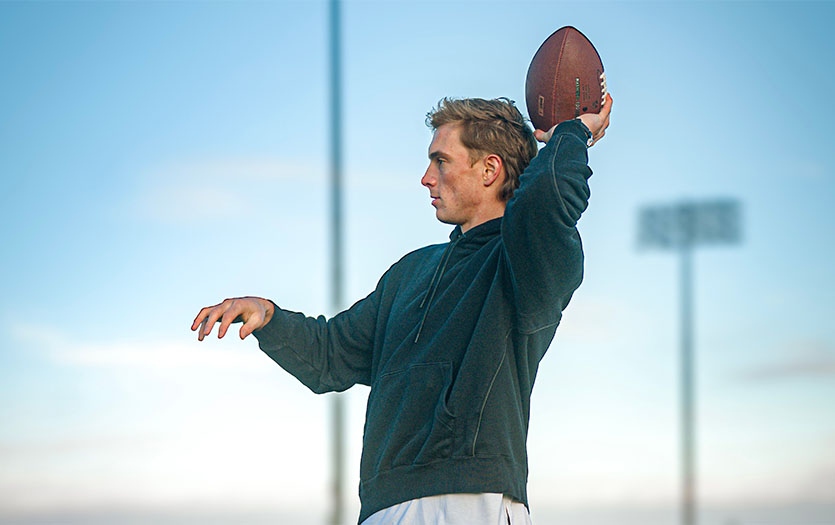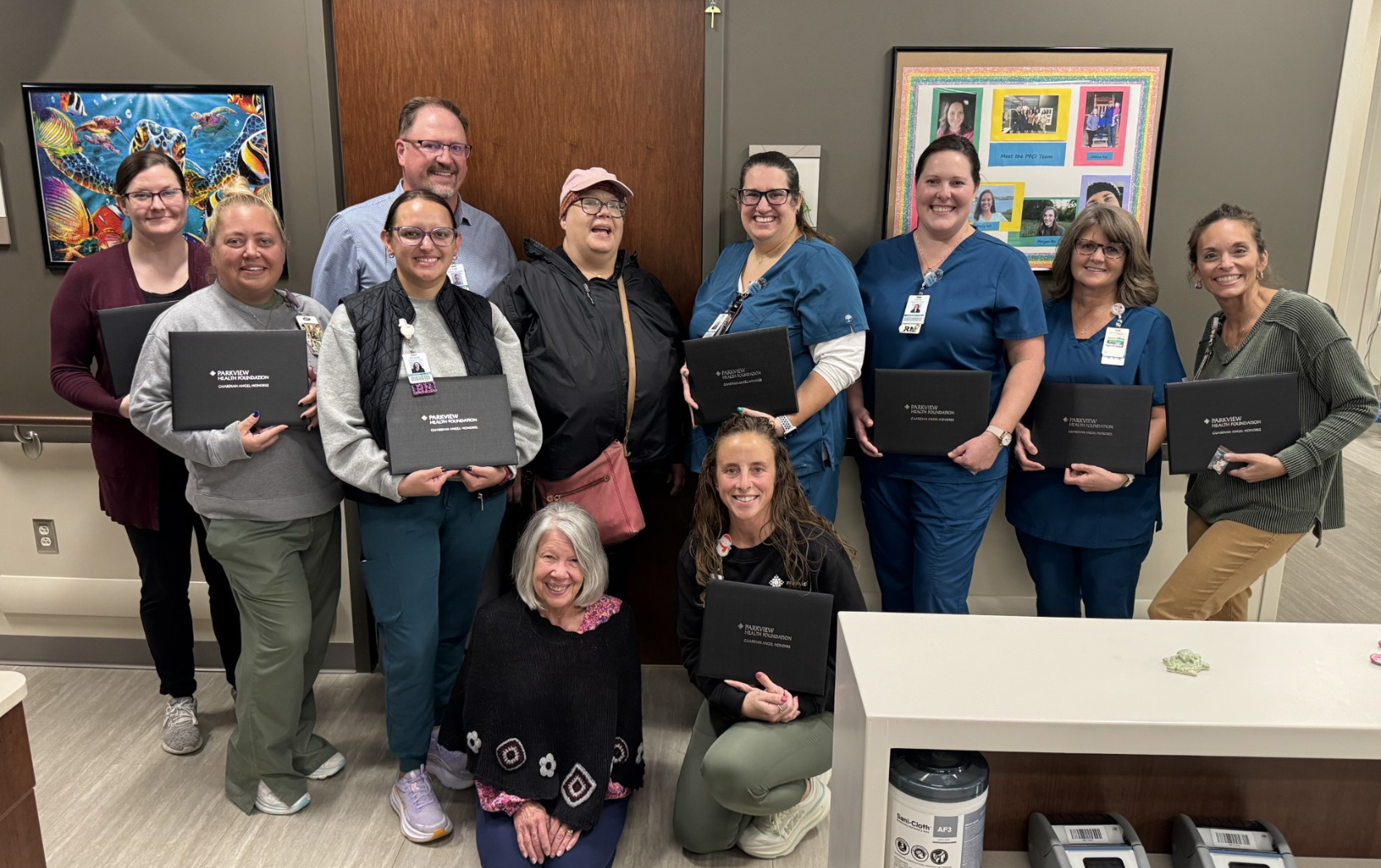.jpg)
Some women have reported swollen lymph nodes after receiving their COVID-19 vaccine. Linda Han, MD, Breast Care Team, Parkview Cancer Institute, speaks on this occurrence and how it could affect your routine mammogram screenings.
Why are some people experiencing swollen lymph nodes after receiving their COVID-19 vaccine?
The one thing that we know about the COVID-19 vaccine is that it's highly effective in promoting an immune response. It's this immune response that can cause a reaction and lymph nodes to swell in the underarm side of the injection site. We call it reactive adenopathy, and it's simply a reflection of the efficacy of the COVID-19 vaccine. Fortunately, this does not occur very often and resolves fairly quickly.
How are mammograms being used to pinpoint swollen lymph nodes?
Mammograms are a form of X-ray for the breast. We take two images, and each one gives a different view of various parts of the breast. The medial-lateral oblique (MLO) view shows the lymph nodes or glands under the arm. So, if you have any swelling, it could be a reaction to the COVID-19 vaccine, or it could mean that cancer has spread to the lymph nodes. Either way, we can see the swollen lymph nodes on a mammogram.
With that said, it can be challenging to distinguish why someone might have lymph node swelling. For this reason, you must notify the staff at the imaging center of the timing of your COVID-19 vaccine and which arm they administered it to because, if someone is experiencing this side effect, we typically see lymph node swelling on the same side as vaccine injections.
Is there a way to distinguish swelling from the vaccine versus breast cancer?
Unfortunately, the answer is no. So, we ask patients to either:
- get a screening mammogram before the COVID-19 vaccine, or
- get a screening mammogram 4-6 weeks after the COVID-19 vaccine, as long as they’re not having any symptoms or feeling anything abnormal
However, if you have already had your screening mammogram scheduled or received your vaccine, we ask that you alert the staff at the imaging center. If you already have breast cancer, make sure you receive the vaccine on the opposite side, in the opposite arm or thigh. This helps ensure that we don't get into a situation of uncertainty about why you may have lymph node swelling.
What adjustments has your team made to differentiate between symptoms due to the vaccine or signs of cancer?
We've worked hard to make it a routine part of our questionnaire to patients. We want to know if they've had a COVID-19 infection and if they've had the vaccine, because both can result in swelling. Additionally, while we try to adjust as soon as the information is available, we also have an expert panel for the management of COVID-19. They are vital in developing guidelines to keep our patients and the healthcare workers who care for them safe. The guidelines are established based on the most recent evidence, data and expert information from our infection prevention and perioperative teams, and guidelines based on Centers for Disease Control and Prevention (CDC) and the World Health Organization (WHO) recommendations.
Final thoughts
One source of concern we’ve had since the COVID pandemic began is that patients delay their cancer screenings and don't seek medical attention. This could be due to a loss of insurance or employment, or concern over safety or exposure. Because of this hesitancy, we are seeing cancer present at more advanced stages. Sadly, the more advanced the stage, the lower the cure rate and the higher the possibility of death from that cancer. So, we strongly recommend that you don't delay your cancer screenings.
Additionally, if you have symptoms, please don't wait to seek medical attention or intervention. Don't let employment or insurance be a barrier to your health and well-being. We can help you find the appropriate programs and resources to assist you.



